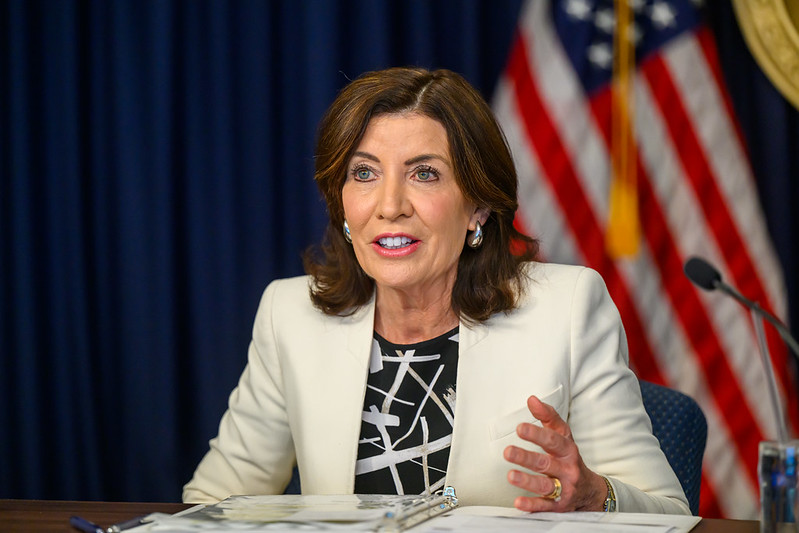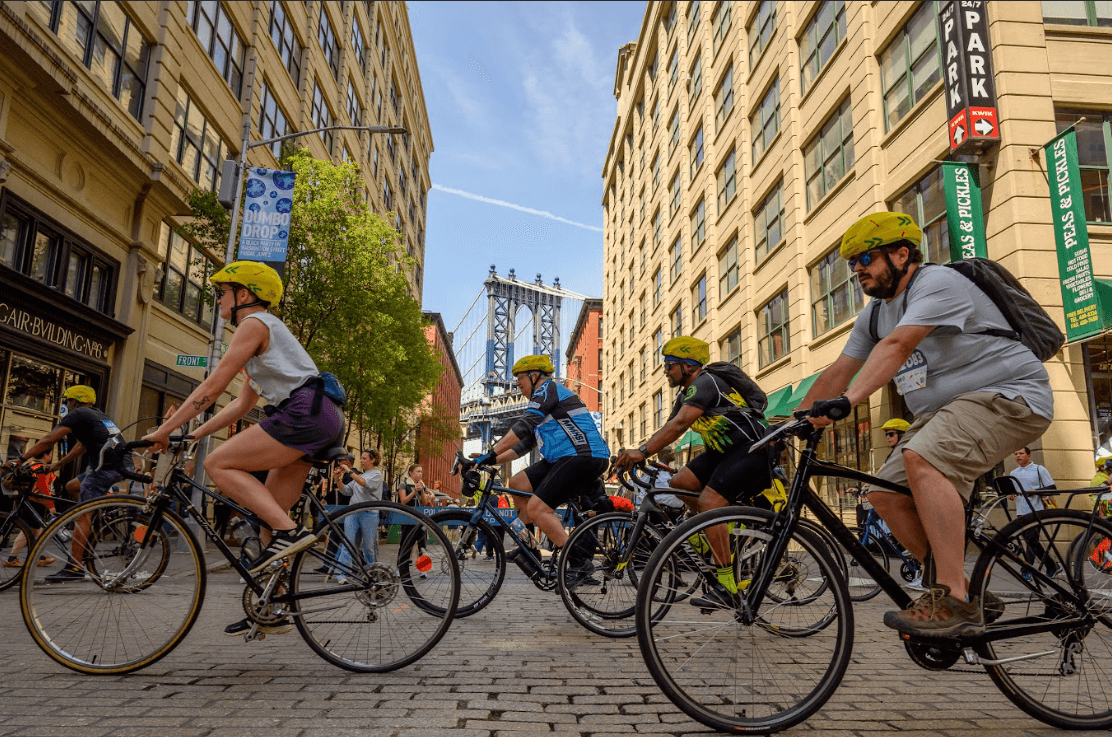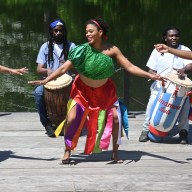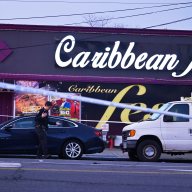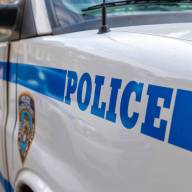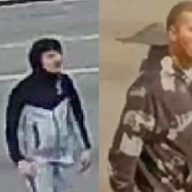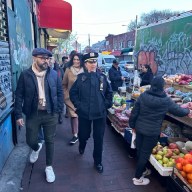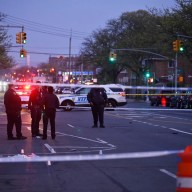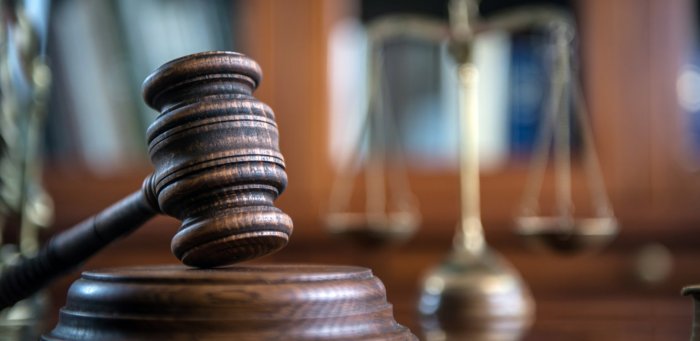Passionate debates are expected as the second round of the New York City Districting Commission public input meetings begin this month. Although this years redistricting is a tune-up compared to the complete overhaul of the last City Council lines in 1992, the meetings are expected to be filled with lengthy debates centered around one voting blockthe Latino population.
Among the many proposed shifts in district lines, the ones affecting the Latino vote, the Ridgewood and Bushwick areas are the most contentious. In Ridgewood, the southern border crossing would be substituted with one in Queens, linking Latino residents who have migrated to Ridgewood with a similar population in Bushwick, Brooklyn. Additionally the growing Chinese population in Sunset Park would be redrawn to create an entirely new one, consisting of a Latino-Asian mix.
"Its a double-edged sword but I think most community members would agree that they want the community to stay intact and not be divided up into different Council districts," said Bob Holden, president, Juniper Park Civic Association and first vice chair of Community Board 5 in Ridgewood.
Dennis Gallagher, City Council member with constituents located in Ridgewood, in an earlier interview by The Queens Courier came out against the district changes.
"I understand that the commission has to abide by the rules of the 1965 voting rights act; however, I know there will be people in Ridgewood that are unhappy," he said.
Michael Hetzer, vice president for Citizens for a Better Ridgewood, agrees and feels politics may be behind the proposal.
"I dont know anyone in favor of it. It divides the community in half unnecessarily. Everyone feels there are political motives in mind but we are going to fight it just as we did ten years ago," said Hetzer.
The Puerto Rican Legal Defense and Education Fund (PRLDEF) alleges discriminatory interpretation of population deviations. The Latino population is the fastest growing, yet instead of gaining districts, the proposal takes one away. The PRLDEF is suing the Council stating that the citys Latino population would be disenfranchised if the proposed Council lines are drawn, and may even violate the federal Voting Rights Act if adopted. In Queens, District 30 in the Ridgewood section went from 33% Latino population to a proposed 22%.
In District 38 in the Sunset portion of Brooklyn, the commission proposal reduces the number of Latino voters from 54% to 43%. Although it is drawn to take into consideration the Asian voters, the PRLDEF believes the Latino vote should be kept intact.
Ann Fung, executive director of the Asian American Legal Defense and Education Fund (AALDEF) agrees.
"There are ways to bring in the Asian-American vote without negatively affecting the Latino voice. We believe that Asian and Latino residents share common concerns and should be in a single voting district," said Fung.
The Latino Voting Rights Committee proposed a plan identical to the AALDEFs that demonstrated that by respecting existing boundaries of Latino neighborhoods, two new majority Latino districts could be created: one in northern Manhattan and one in District 25, in Jackson Heights and Elmhurst, Queens.
Commission executive director William Floyd had no comment regarding the lawsuit. However, he restated their willingness to hear the public on these matters.
"If the communities believe this has merit, we will listen," said Floyd.
All Part Of The Process
Every 10 years following the census, a districting commission is created to redraw City Council lines in all five boroughs to reflect population changes in the 51 City Council district lines. The forums include a "listening tour" of public hearings "to gather information from communities on how they feel about their current districts."
"For the next round of meetings, Im expecting a lot of community outpouring over the Brooklyn/Queens crossings, but pros and cons are to be expected in the process," said Floyd.
A preliminary map unveiled October 18 by the commission reveals the changes being considered. (See map page 22.)
The following boundary shifts are also proposed: City Councilman John Lius (D-Flushing) area would change, dividing Mitchell Linden between Lius district and that of Councilman Tony Avella (D-Bayside). And with City Councilman Hiram Monserrates (D-Corona) district presently 16% above the ideal population number, while City Councilman Peter Vallone Jr.s is 8% above, the proposal attempts to accommodate this population growth by moving a portion of Monserrates district into Helen Sears (D-Jackson Heights). She would gain parts of Vallones district while losing some of hers to Eric Gioia (D-Woodside).
The New York City Districting Commission is made up of 15 members, 10 appointed by Mayor Bloomberg and Council minority leader James Oddo. Many see this as politicizing the redistricting concerns, and in predominately Democratic Queens Democrats fear Republicans are pushing to strengthen their current districts. There are currently four Republican Council members, and the question is whether the commission would try to create more districts where Republicans would have a chance of winning. One district reportedly being eyed is Tony Avellas.
The final draft is due by December 16, when the map can be revised again and a third round of hearings may be scheduled. Floyd says he expects the new lines to be finalized by next spring, with a nine-member majority needed to submit the recommendation to the US Justice Department. The federal government has the final approval.
Another round of public hearings is to begin November 19, with the Queens hearing scheduled for November 26, in the LeFrak Concert Hall at Queens College, CUNY, in Flushing from 6 to 9 p.m.
"Remember, the public meetings are beginning of the process, not the end of the process," said Floyd.









